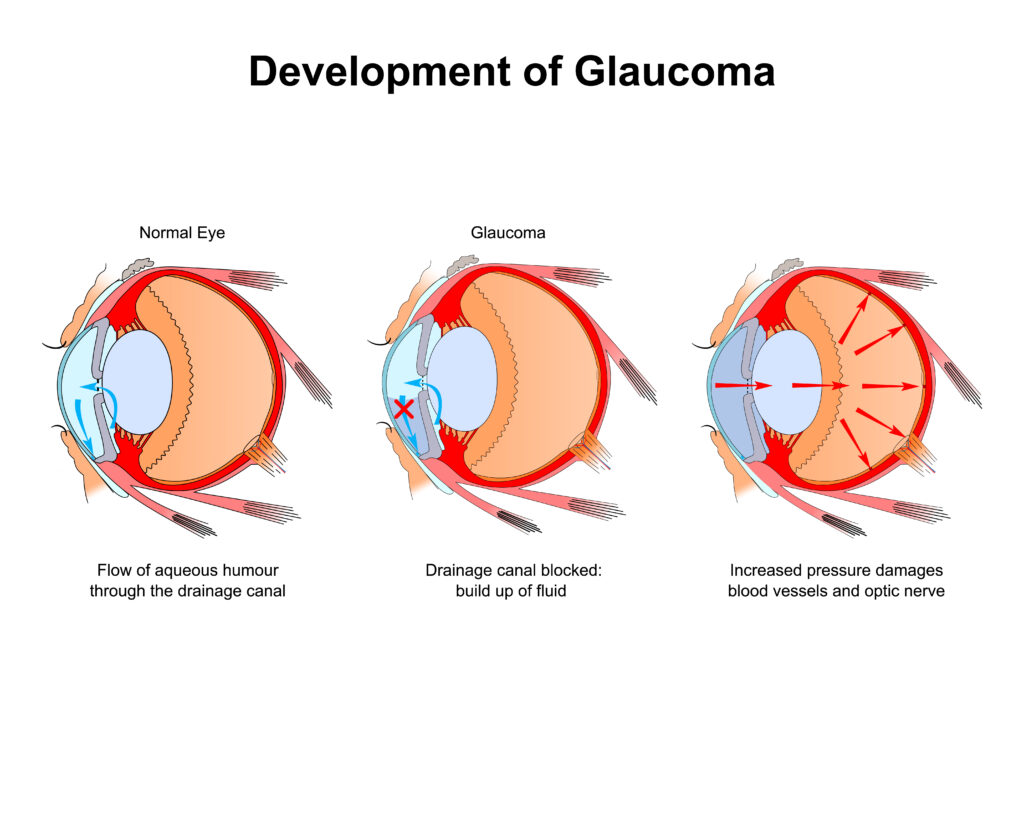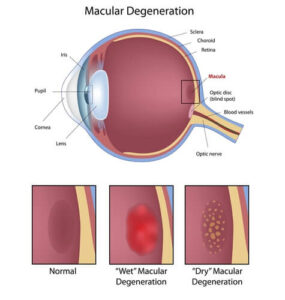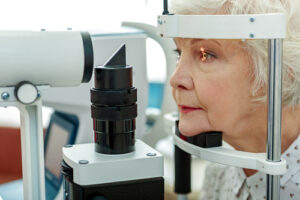Your eyes help you see the world around you. They also ensure that your mind stays sharp and coherent while keeping you safe.
Irreversible vision loss can affect your quality of life. Yet, many people wait until they experience eye issues before visiting their ophthalmologist. But doing so can be very risky and may result in unintended consequences to your vision.
Eye conditions like age-related macular degeneration, cataracts, and glaucoma can rob you of your vision and are symptomless in the early stages. With these conditions, you may not become aware of anything wrong with your eyes or eyesight until considerable, and often irreversible vision loss has already occurred.
Luckily, sight-threatening eye diseases can be stopped or slowed through timely detection and treatment. Treating eye conditions early drastically reduces the possibility of permanent blindness while increasing the chances of positive treatment outcomes.
Keep reading to learn more about the importance of early detection for symptomless eye conditions!
What is Glaucoma?
Glaucoma is one of the leading causes of permanent vision loss worldwide. It affects over 3 million Americans, but only half of them know that their vision is being affected.

Also called “the silent thief of sight,” glaucoma is a group of eye disorders that causes significant damage to your eyesight without any symptoms initially.
When symptoms do develop, it’s typically later on, once irreversible vision loss has already occurred. Early diagnosis and treatment can help protect your remaining vision.
Glaucoma damages the optic nerve that transmits visual information from your retina to the brain, disrupting communication between the two. Your risk of developing glaucoma increases if:
- You have a family history of glaucoma
- You’re over 40 years old
- You have corneas that are thinner than normal
- You’ve experienced severe eye trauma
- You’re incredibly nearsighted or farsighted
- You’re of Hispanic, African, or Asian descent
- You have health issues like high blood pressure and diabetes
Unfortunately, there is no cure for glaucoma. If you’ve been diagnosed with this eye condition, managing and minimizing further vision loss is possible.
Once damage to your vision from glaucoma has occurred, you cannot reverse it. The only way to diagnose glaucoma is by having a comprehensive eye exam with your eye doctor.
Age-Related Macular Degeneration

AMD (age-related macular degeneration) affects more than 10 million people in the United States and is the most common cause of irreversible central vision blindness. Central vision is what you see when you look directly in front of you.
While older adults are more likely to develop the condition, AMD can affect anyone. The macula, located at the very center of the retina, is responsible for sharp vision and detailed images.
As you age, yellow deposits known as drusen may collect on your macula. Moderate and large amounts of drusen lead to the deterioration of the macula.
At first, drusen deposits don’t result in noticeable vision changes. The only way to detect age-related macular degeneration is to see your eye doctor for an eye exam.
During your exam, your ophthalmologist will be able to spot any early signs of AMD, leading to earlier treatment and ultimately preserving your remaining vision and halting further progression.
Some lifestyle factors that could contribute to the development of AMD include:
- Genetics
- Smoking
- Obesity
There are two kinds of age-related macular degeneration: wet and dry. Dry AMD is the most common kind, affecting about 80% of patients who have age-related macular degeneration. If you have the dry form of AMD, it usually leads to a slow and gradual loss of vision.
Wet AMD is a much more rare form of age-related macular degeneration. Although it’s rarer, it usually leads to more severe vision loss in patients.
Wet AMD occurs when abnormal blood vessels develop below the retina. These vessels leak blood and fluids and may create a large blind spot in the middle of the visual field.
Cataracts

As you age, proteins in your eyes gradually break down and clump together on the natural lens. When this occurs, it leads to a cataract that blocks light from entering your eye. Cataracts are a significant cause of vision loss in the United States.
Factors that increase your risk for cataracts are:
- Age
- Smoking
- Past eye surgery
- High blood pressure
- Diabetes
- Prolonged use of steroid medications
- Previous eye injury
- Excessive exposure to UV rays

Initially, you might not be able to tell if you have cataracts as they can take many years to develop. Fortunately, a regular eye exam can spot cataracts early on.
Even if you have cataracts, you may not need to have them removed right away. Most cataract surgeons only recommend having your cataracts removed once they affect your ability to complete everyday tasks.
Once they get to this point, you should talk to your eye doctor about having cataract surgery. Cataract surgery is the only way to regain your clear vision and treat cataracts effectively.
Are you concerned about symptomless eye conditions? Take the first step by scheduling an appointment at Evergreen Eye Center! It’s always a good idea to make your eyes a priority.

